With its radical, urgent, and all-encompassing nature, climate change demands the global participation and co-operation of all individuals, communities, organizations, and countries. To tackle such polycrisis, it takes, however, more than just policies or high-tech solutions. We need a more fundamental and transformative change in our ways of being, thinking, relating, collaborating, and acting, also within higher education institutions (HEIs) and their RDI activities. In addition to evaluating and assessing the project-based sustainable development goals (SDG) impact, this article drafts a model for Transformative Skills Impact Assessment (TSIAM) in HEI RDI, using the Erasmus+ project JeS (Joint eStories: Journeys from Fear to Fair) as an example.
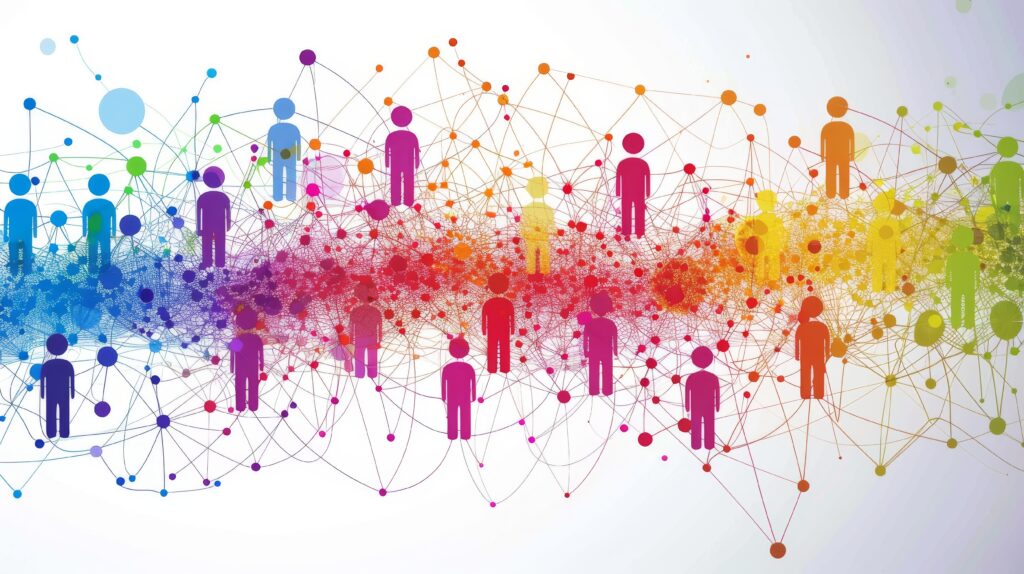 Photo by ZeNDaY / Adobe Stock (Laurea Education licence)
Photo by ZeNDaY / Adobe Stock (Laurea Education licence)
Climate change needs us all as changemakers
As we all know by now, climate change is a radical, urgent, and all-encompassing challenge that needs the participation and co-operation of all individuals, communities, organizations, and countries. The UN-led Agenda2030 with its 17 Sustainable Development Goals (SDGs) is one of the key endeavours to change the global course towards a fairer and more sustainable future (United Nations 2023. Sustainable Development Goals). However, reaching these essential goals have turned out to be a challenge (see for example the Sustainable Development Goals Report 2023), and it seems that our primary problem today is not just about policy development or even lack of technological solutions and advancement – rather, we need better co-operation, deeper realization of the interconnectedness of all life on earth and a more fundamental change in our ways of being, thinking, relating and acting to meet these meta level SDG issues and engage in wiser decision making globally. In other words, we need, as individuals, the inner cognitive capacity as change makers to deal with the urgency for outer transformation in our communities and societies (see e.g. Shtaltovna, Y., Rodriguez Carreon, V., Lindencrona, F. and Donald, W. E. 2024). So, its starts with all of us.
Inner Development Goals initiative with transformative skills framework
As an Agenda2030 counterpart for sustainability development, the Inner Development Goals (IDG) initiative has developed since 2020 an open-source and co-creation-based transformative framework for fostering transformational inner development towards more sustainable global futures (Inner Development Goals 2024). This interdisciplinary framework of five dimensions and 23 skills of human inner growth and development focuses on our capacities of being, thinking, relating, collaborating, and acting. As visualized below in picture 1, with such transformative skills as self-awareness, presence, long-term orientation and visioning as well as humility, empathy and compassion, co-creation skills and perseverance and resilience, the IDG framework encourages us to inner change and transformation to also support our outer sustainability-related goals.
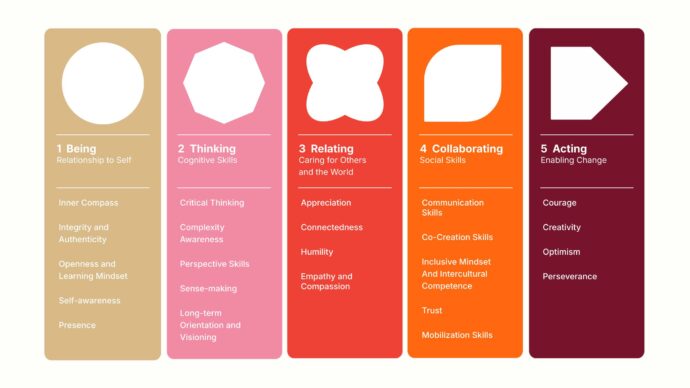 Picture 1: The Inner Development Goals Framework by Inner Development Goals.
Picture 1: The Inner Development Goals Framework by Inner Development Goals.
Towards Transformative Skills Impact Assessment Model in HEI RDI
Gothenburg Centre for Sustainable Development has developed the SDG Impact Assessment Tool that, by focusing on self-assessment results, visualizes how an activity, organization, or an innovation promotes SDGs achievement (SDG Impact Assessment Tool 2024). This tool is also used at Laurea, for example in RDI evaluations, when there is a need to better understand how the different aspects of SDGs and their attainment are supported by different project activities.
The SDG Impact Assessment Tool includes the following five steps (SDG Impact Assessment Tool 2024):
 Table 1: The SDG Impact Assessment Tool with its five steps. Table created by the writer.
Table 1: The SDG Impact Assessment Tool with its five steps. Table created by the writer.
Similarly, by benchmarking this Gothenburg model, one can create an IDG/Transformative Skills Impact Assessment model especially for RDI activities within higher education institutions (HEIs) (and also for NGOs). In this short article, a simplified format of especially steps three and four is presented by using a human-rights-focused, Social Services -oriented Erasmus+ project JeS (Joint eStories: Journeys from Fear to Fair, 2023-2025) as an example. By the project conclusion in late 2025, the final format for Transformative Skills Impact Assessment Model (TSIAM) by Laurea, eventually combining both SDGs and IDGs, will be presented for international audience at the JeS final seminar. First, however, I shortly describe the Erasmus+ project JeS and how the Gothenburg model can be applied in its SDG promotion evaluation and assessment.
Erasmus+ Project JeS: Joint eStories – Journeys from Fear to Fair
At centre of Agenda2030 work lies also human rights promotion, with for example Universal Declaration on Human Rights and international human rights treaties that emphasize the responsibilities of all countries to respect, protect, and promote the essential human rights (United Nations 2023. Sustainable Development Goals). Also, Secretary-General of the United Nations, António Guterres, has encouraged all states to work for poverty eradication, (gender) inequality reduction, protection of social rights, promotion of decent jobs and education and increasing digital inclusion (Foreword to the Sustainable Development Goals Report 2023, 2).
Laurea led Erasmus+ project JeS (Joint eStories: Journeys from Fear to Fair, 2023-2025) is an international cooperation project between Finland (Laurea), Italy (CESIE), Spain (INCOMA), Belgium (UCLeuven and European Migrant Platform), and Slovenia (University of Maribor), and its key focus lies in the social responsibility of the higher education institutions (HEIs) to promote human rights and the awareness of the urgent European challenges of trafficking in humans, forced labour, undocumented migrants and the need for fair trade policies, while also promoting the good practices that advance diversity, equity, inclusion and belonging (DEIB). JeS wishes to give space to those voices and stories that are often excluded from the European main social narrative and neither included in HEIs’ curricula. JeS wishes to engage teachers, educators, students and migrants for dialogue, shared learning (e.g. JeS Toolbox, eStories), educational events, and workshops and in this way make human rights situations in Europe visible and more tangible and included in higher education and other educational activities.
The SDG Impact Model as Applied in JeS
As visualized below, the above-mentioned Gothenburg model, following the 17 SDGs by UN, with its SDG promotion evaluation and impact assessment, can be applied in connection with the Erasmus+ JeS project as follows:
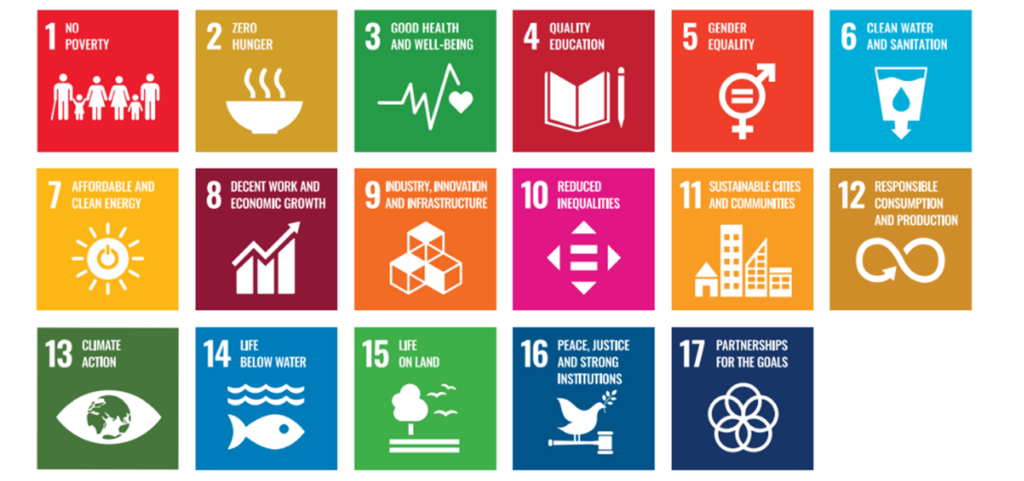 Picture 2: 17 SDGs. Source: UN. SDG Guidelines.
Picture 2: 17 SDGs. Source: UN. SDG Guidelines.
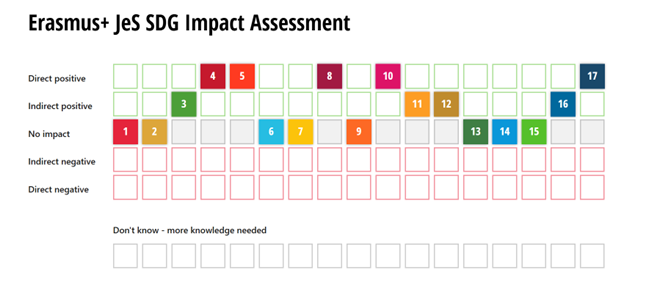
The ones with direct positive impact, as these are some of the goals of the Erasmus+ JeS project, are listed, as samples, below (SDG Impact Assessment Tool 2024):
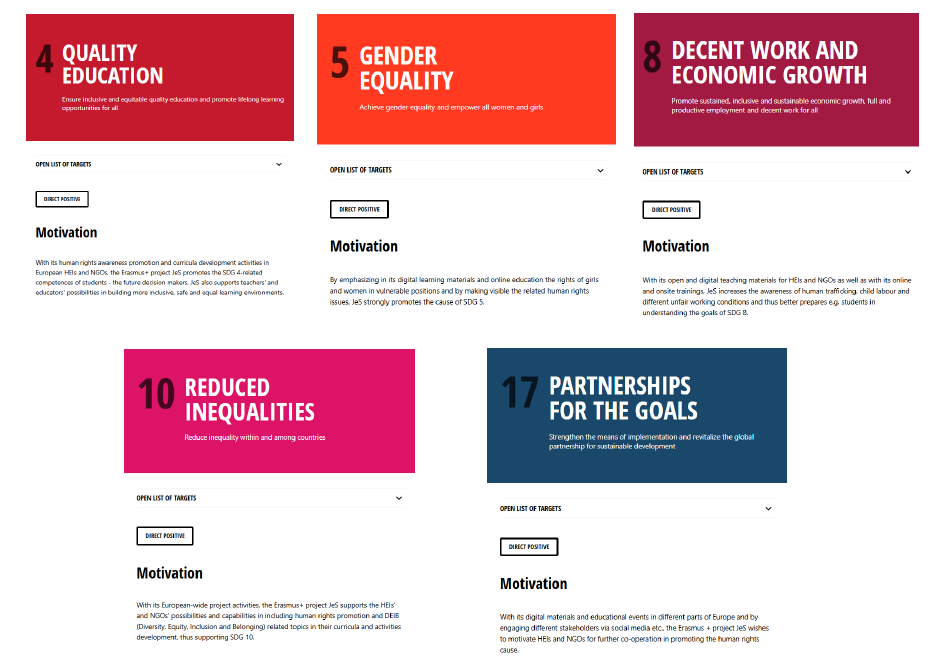 Picture 3. The SDG Impact Assessment (with direct impact) in the Erasmus+ project JeS.
Picture 3. The SDG Impact Assessment (with direct impact) in the Erasmus+ project JeS.
Naturally, this type of analysis, as it is based on the intended project goals, is partially predictive or generalized as only time will tell how many of the intended goals are realized or more permanently consolidated in the long run. However, the Gothenburg model works as a very useful model for understanding the overall SDG promotion in different projects.
Towards Transformative Skills Impact Assessment Model (TSIAM) in Social Services Projects
By benchmarking this Gothenburg model, one can also create an IDG/Transformative Skills Impact Assessment Model (TSIAM) for RDI activities within higher education institutions (HEIs) and NGOs. This is especially useful for e.g. social services related projects where the sustainability-related project goals are often based on so called soft skills or people skills, that is, skills that are related to (inter)personal competences, teamwork, communication, empathy and problem solving as well as emotional intelligence and work ethic, to mention but a few (see e.g. Otermans P.C.J., Aditya, D. and Pereira, M. 2023). With TSIAM, it is possible to make visible the more invisible yet essential transformative aspects of the sustainability promotion in RDI projects.
Below, a simplified format of TSIAM (of especially steps 3 and 4 of the Gothenburg model) is presented by using the Erasmus+ project JeS as an example, to be finalized for the final JeS webinar in late 2025. For this short article, only the first two IDG dimensions, that is BEING and THINKING are included. From the viewpoint of TSIAM development, emphasizing especially the steps three and four of the Gothenburg model and especially the direct and indirect positive impact (DP, IP) (as DP and IP can be partially overlapping, both are included if needed), one can visualize, as an example, the process as follows.
 Table 2: The SDG Impact Assessment Tool with its steps 3 and 4. Table created by the writer.
Table 2: The SDG Impact Assessment Tool with its steps 3 and 4. Table created by the writer.
The IDG BEING dimension as developed and assessed in the Erasmus+ JeS activities:
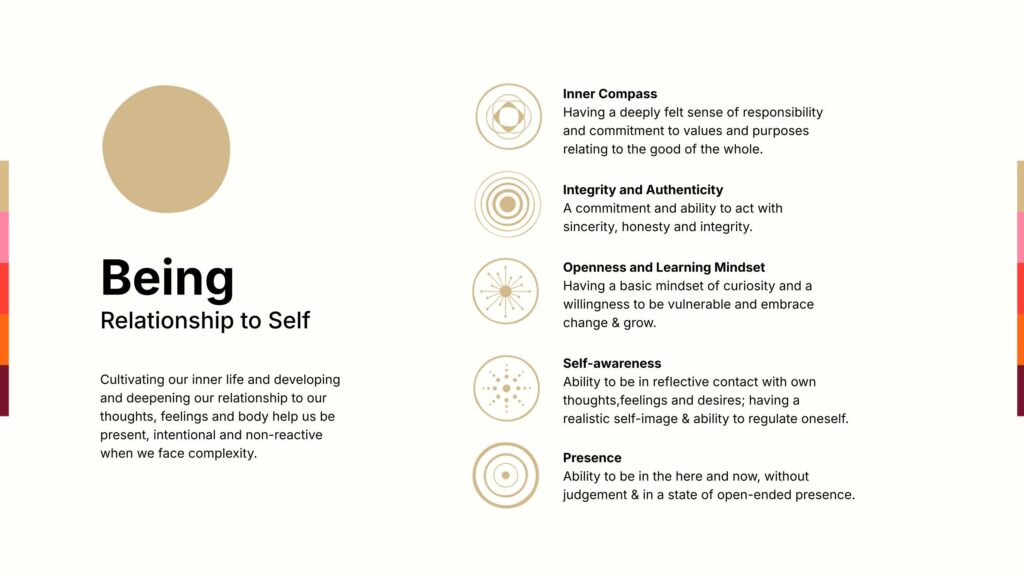 Picture 4: The IDG Being dimension by Inner Development Goals.
Picture 4: The IDG Being dimension by Inner Development Goals.
 Picture 5: The IDG Being dimension, as assessed in the Erasmus+ project JeS.
Picture 5: The IDG Being dimension, as assessed in the Erasmus+ project JeS.
The IDG THINKING dimension as developed and assessed in the Erasmus+ JeS activities:
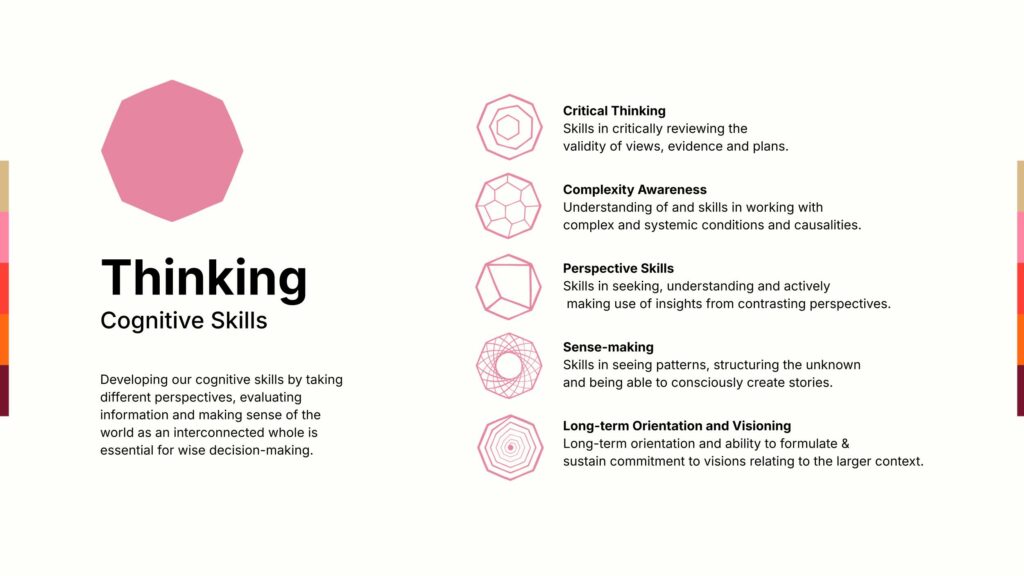 Picture 6: The IDG Thinking dimension by Inner Development Goals.
Picture 6: The IDG Thinking dimension by Inner Development Goals.
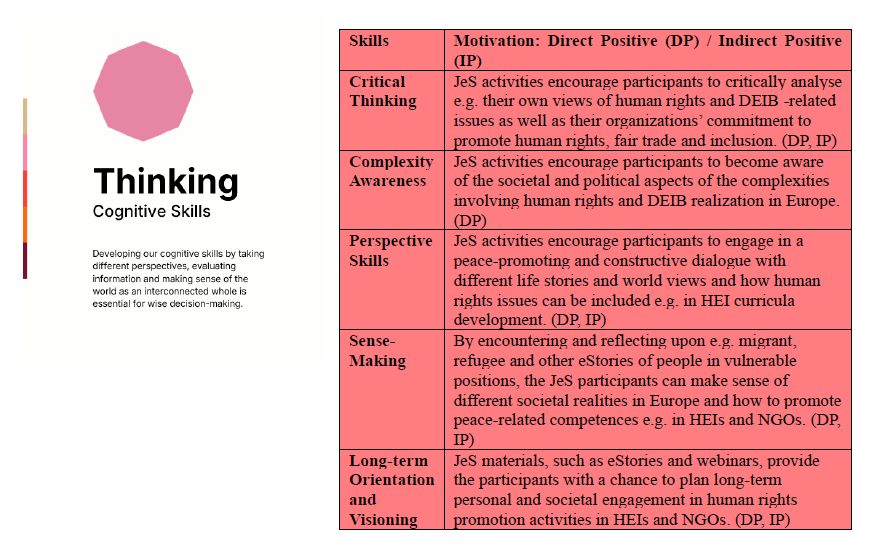 Picture 7: The IDG Thinking dimension, as assessed in the Erasmus+ project JeS.
Picture 7: The IDG Thinking dimension, as assessed in the Erasmus+ project JeS.
Conclusion
This short article serves as a starting point for creating a Laurea-based Transformative Skills Impact Assessment Model (TSIAM) that can be applied in different HEI (and NGO) RDI activities and especially e.g. in social services projects, to make visible both the SDG impact assessment, as in the Gothenburg model, as well as the more invisible inner transformation-related impact, with the different IDGs, that is essential for a deeper understanding of the overall sustainability impact of Laurea projects, especially in the field of social services but also applied in all other fields of education as well. The Erasmus+ project JeS will complete and present TSIAM by the end of 2025 in Brussels, in the final project seminar.
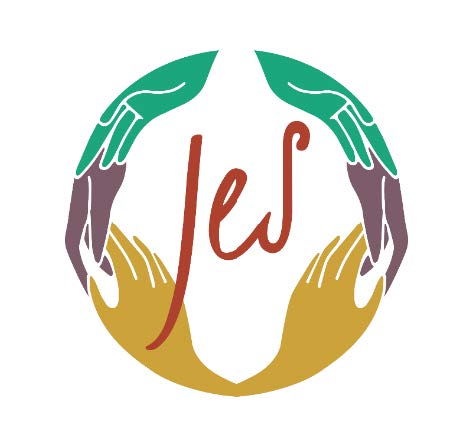
Sources
- Erasmus + project JeS. Joint eStories: Journeys from Fear to Fair. Accessed 8.11.2024. Home – JeS
- Inner Development Goals. 2024. Accessed 8.11.2024. Inner Development Goals
- Laurea University of Applied Sciences. 2023. Accessed 8.11.2024. Front page – Laurea-ammattikorkeakoulu
- Laurea’s Programme for Sustainable Development 2023. Accessed 10.11.2024. Laurea’s Programme for Sustainable Development 2030
- Otermans P.C.J., Aditya, D. and Pereira, M. 2023. A Study Exploring Soft Skills in Higher Education. Journal of Teaching and Learning for Graduate Employability V14 N1, 136-153. Accessed 17.12.2024. 1665 Otermans (FINAL)
- SDG. Impact Assessment Tool. 2024. Accessed 8.11.2024.SDG Impact Assessment Tool
- Shtaltovna, Y., Rodriguez Carreon, V., Lindencrona, F. and Donald, W. E. 2024. “Cognitive Skills within the Inner Development Goals (IDG) Framework: Empowering Sustainable Careers and Sustainable Development”, GILE Journal of Skills Development. Budapest, Hungary, 4(1), pp. 74–94. Accessed 17.12.2024. doi: 10.52398/gjsd.2024.v4.i1.pp74-94.
- United Nations. 2023. Sustainable Development Goals. Accessed 8.11.2024. Home – United Nations Sustainable Development
- United Nations. 2023. The Sustainable Development Goals Report 2023: Special edition. Accessed 8.11.2024. The-Sustainable-Development-Goals-Report-2023.pdf (un.org)
- United Nations. 2023. The Sustainable Development Goals Report 2023: Special edition. Introductory page. Accessed 10.11.2024. SDG Indicators (un.org)
- United Nations. 2019. Sustainable Development Goals. Guidelines. Accessed 10.11.2024. SDG_Guidelines_AUG_2019_Final.pdf

The first image in this article (the feature image) is not licensed under CC BY-SA. It has been used in accordance with the terms of the Adobe Stock Education License and may not be reused or redistributed without separate permission.